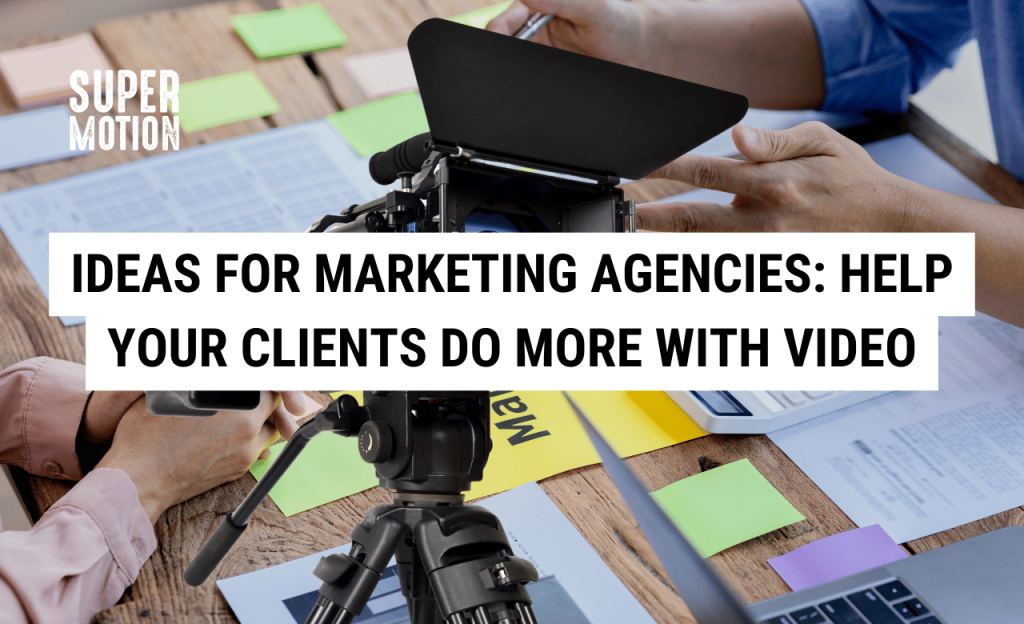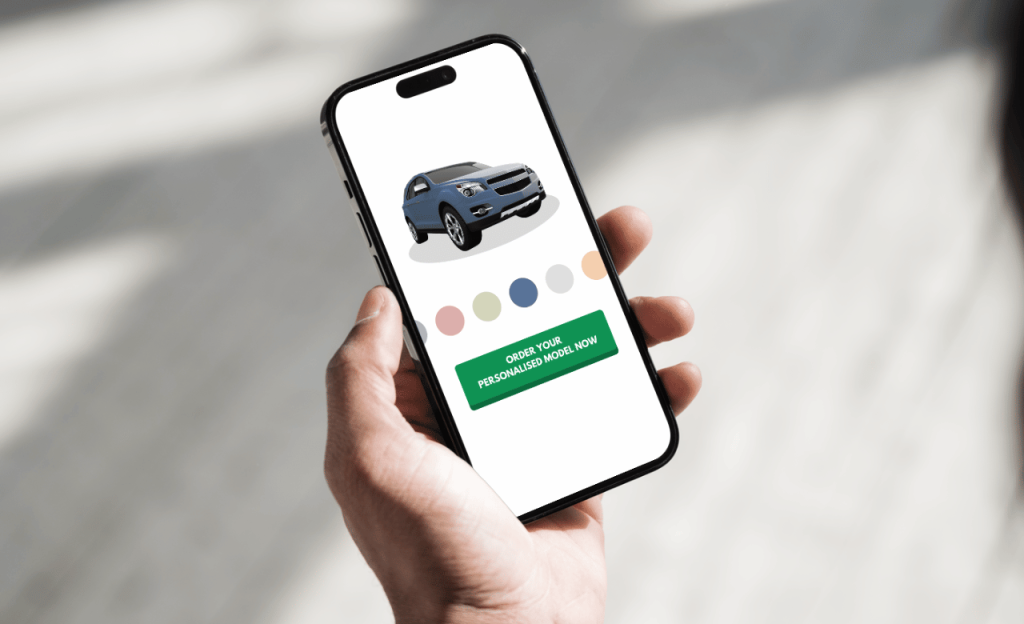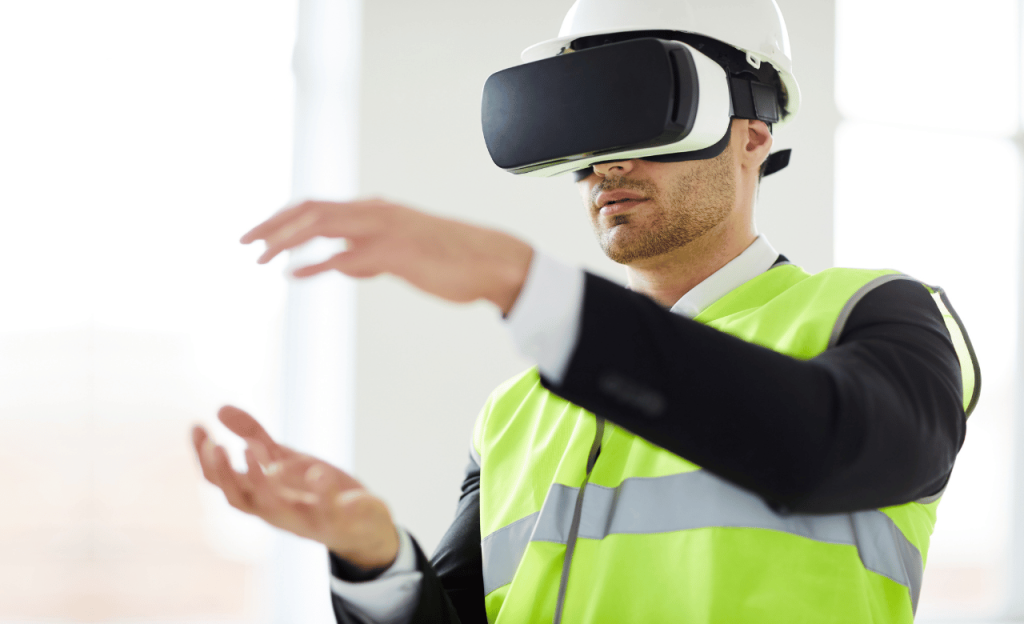
Introduction
Great Marketing Agencies constantly seek ways to stay ahead of the curve. As consumer habits evolve, one medium has emerged as a powerhouse: video marketing.
But how can Marketing Agencies harness the full potential of video marketing to drive results and impress clients?
Let’s delve into the transformative power of video marketing for your Agency’s clients.
Hyper-Personalisation
Imagine creating video content so tailored that it speaks directly to each client’s unique needs. Advanced data analytics enable hyper-personalisation, allowing agencies to craft bespoke video messages. This not only enhances engagement but also boosts client satisfaction. When your videos resonate on a personal level, viewers are more likely to connect with your clients’ content and take action.
Consider a marketing agency working with a high-end retail brand. By leveraging customer purchase data, the agency creates personalised video content showcasing new arrivals specifically tailored to individual preferences and past purchases.
Another example is an agency partnered with a financial services firm. Here, personalised video updates can be generated to provide clients with tailored investment advice based on their financial goals and portfolio performance.
These hyper-personalised videos not only capture attention but also foster stronger relationships between brands and their customers, ultimately driving higher engagement and conversion rates.
Interactive Video Campaigns
Why settle for passive viewing when you can immerse your audience in an interactive experience? Shoppable videos or branching storylines invite viewers to engage directly with content, increasing conversion rates. These dynamic campaigns make your clients’ offerings stand out, turning viewers into active participants and potential customers.
Interactive video campaigns have revolutionised viewer engagement by allowing audiences to interact with the content in real time.
A prime example is the “Choose Your Own Adventure” style videos. For instance, a travel agency might create a video where viewers can select different destinations and activities, tailoring the content to their preferences. This immersive experience not only captivates the audience but also provides valuable insights into their interests.
Another effective example is shoppable videos in the fashion industry. A clothing retailer might produce a video showcasing a new collection, where viewers can click on items displayed to learn more, see different colours, and make immediate purchases. This not only enhances the shopping experience but significantly boosts conversion rates.
Lastly, consider an automobile manufacturer launching a new car model. An interactive video could allow viewers to customise their vehicle, choosing colours, interiors, and additional features, thereby making the viewer feel more invested in the product. This approach personalises the sales journey and increases the likelihood of purchase.
These examples demonstrate how interactive video campaigns can transform passive viewers into active participants, enhancing engagement, providing valuable insights, and driving higher conversion rates.

User-Generated Content
Authenticity is key in building trust. Encourage your clients to share their own videos showcasing your products or services. User-generated content not only enhances credibility but also fosters genuine relationships. This organic approach makes your clients’ brands relatable, prompting others to share their experiences and expanding your reach effortlessly.
User-generated content can significantly amplify marketing efforts. As an example, a home decor company might invite its customers to share photos and videos of their beautifully arranged spaces featuring the company’s products. These genuine endorsements can be showcased on the company’s website and social media channels, reinforcing product quality and aesthetic appeal.
In the fitness industry, a sportswear brand could prompt users to create workout videos or share their fitness journeys while wearing the brand’s clothing. These authentic stories resonate with potential customers, fostering a sense of community and inspiring others to commit to their fitness goals.
As a final example, consider a tech company that has just released a new gadget. Encouraging users to post unboxing videos and reviews can provide firsthand perspectives on the product, enhancing credibility and stimulating interest among new buyers. These examples illustrate the powerful impact user-generated content can have in creating authentic connections and expanding brand visibility.
Augmented Reality (AR) and Virtual Reality (VR)
Step into the future with AR and VR. These immersive technologies offer unique solutions that can set your agency apart. Imagine clients engaging with a virtual showroom or experiencing a product in their own space through AR. These immersive experiences can leave a lasting impression on your clients’ customers.
In the property sector, AR can be used to create virtual property tours, allowing potential buyers to explore homes in detail without needing to visit in person. This is particularly beneficial for international clients or for properties still under construction, providing a realistic and immersive preview of the final product.
Retail businesses can leverage VR to offer virtual fitting rooms where customers can try on clothing and accessories in a simulated environment. This reduces the uncertainties associated with online shopping, as customers get a more accurate sense of the fit and style of the products before making a purchase.
The automotive industry can use AR to showcase new vehicle models, enabling customers to visualise different configurations, colours, and features in their own driveway. This not only enhances the customer experience but also aids in making more informed purchasing decisions.
In the field of education, VR technology allows for interactive learning experiences such as virtual field trips or historical reenactments. Students can delve into different environments and scenarios, making learning more engaging and impactful.
These examples highlight the diverse ways AR and VR technologies are being integrated into various industries, providing innovative solutions that enhance customer experience and set your Agency apart as a leader in technological advancements.

Micro-Content Strategy
In a world of short attention spans, micro-content is king. Platforms like TikTok and Instagram Reels thrive on brief, impactful videos. Crafting punchy, attention-grabbing content can capture interest quickly and efficiently. By mastering micro-content, your Agency can help your clients to dominate these increasingly saturated markets and stay relevant.
One prime example is a fashion brand creating a series of 15-second styling tips videos for Instagram Reels, where each clip showcases a different way to wear a scarf. This not only engages the audience quickly but also provides them with valuable, easily digestible content.
Another example is a fitness instructor using TikTok to share quick workout routines that people can follow along with at home, thus reaching a broader audience and helping them incorporate fitness into their daily lives.
Additionally, a travel agency could produce short, captivating highlights of different destinations, encouraging viewers to book their next holiday by providing a tantalising glimpse of what awaits.
360-Degree Videos
Give your clients’ audience the full picture with 360-degree videos. This immersive format allows viewers to explore every angle of a product, service, or client project. By incorporating 360-degree videos, you provide an engaging experience that traditional videos simply can’t match, ensuring your content stands out in a crowded digital space.
For instance, an estate agency could offer virtual tours of properties using 360-degree videos, allowing potential buyers to explore homes from the comfort of their own living rooms. This not only saves time but also provides a more comprehensive understanding of the property compared to standard photographs or video clips.
In the automotive industry, a car manufacturer could use 360-degree videos to showcase the interior and exterior features of a new model. Viewers can examine the vehicle’s design, dashboard layout, and seating comfort in detail, enhancing their buying decision process.
For a museum, 360-degree videos can create virtual tours of exhibits, making art and historical collections accessible to a global audience. This approach not only broadens reach but also provides an educational experience that can be revisited multiple times.
Lastly, a tourism board could utilise 360-degree videos to highlight key attractions within a city or region, allowing potential visitors to immerse themselves in the destination’s culture and natural beauty before booking their trip. This immersive pre-visit experience can significantly boost tourism interest and engagement.
Real-Time Video Engagement
Live streaming and real-time video interactions offer a powerful way to engage audiences instantly. Whether it’s a product launch, a behind-the-scenes look, or a live Q&A, these real-time engagements build authenticity and trust. Audiences appreciate the immediacy and transparency, fostering deeper connections with your clients’ brands.
For instance, a fashion brand might host a live stream showcasing their latest collection, allowing viewers to ask questions and make purchasing decisions in real-time.
Similarly, an influencer could conduct a live tutorial on social media, demonstrating a new product’s usage while engaging with their followers through immediate feedback and responses.
In the corporate world, a CEO might conduct a live Q&A session discussing quarterly results, providing transparency and building trust with shareholders.
These examples illustrate the versatility and effectiveness of real-time video engagement across various industries.

Sustainability and Ethical Marketing
Today’s consumers are increasingly conscious of sustainability and ethics. Create video content that aligns with these values, highlighting your clients’ commitments to responsible practices. This approach resonates with a growing audience segment, positioning your agency as socially responsible and forward-thinking.
Consider a fashion retailer producing a video that showcases their use of eco-friendly materials and steps to reduce their carbon footprint, such as implementing energy-efficient practices in their warehouses.
In a different industry, a food and beverage company might highlight the sustainable sourcing of their ingredients. They can also feature their efforts to support local farmers and artisans, offering viewers a transparent view of their supply chain.
Meanwhile, a tech company could share stories about their recycling programs and initiatives to create energy-efficient products. This would emphasise their commitment to reducing electronic waste and lowering their environmental impact.
These narratives do more than inform and assure consumers. They build trust and loyalty by demonstrating the company’s genuine commitment to ethical and sustainable practices.
Video Analytics and Adaptation
The key to ongoing success in video marketing lies in measurement and adaptation. Use advanced video analytics to track performance, understand viewer behaviour, and iteratively improve your content.
By continually refining your strategies, you ensure they remain effective and aligned with client goals.
Ready to Elevate Your Agency with Video Marketing?
Super Motion is here to help your Marketing Agency harness the power of video marketing. Book a free 30-minute strategy call with us today, and let’s discuss how we can transform your video content into a driving force for success.
